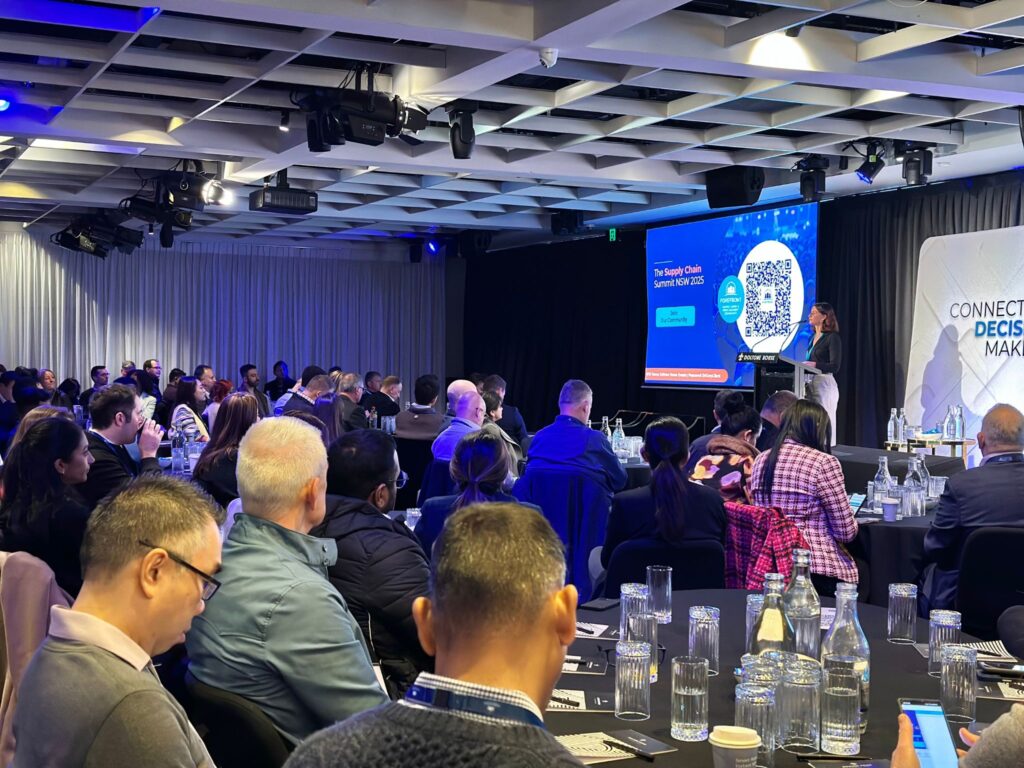The year is 1992, Freddie Mercury and Montserrat Caballé have just wowed the world with their rendition of Barcelona at the Olympics. Friends hasn’t seen the light of day yet, and Seinfeld is topping the charts as the best-performing sitcom. But there is an ad making the rounds on network television, promoting the newest of technologies, sure to revolutionise the business world. The software in question? Microsoft Excel – and boy, were they right; it was about to revolutionise the way of doing business.
Excel’s Enduring Legacy
Microsoft Excel remains essential in global business operations, powering financial modelling, data analysis, and productivity. Over 125,000 businesses worldwide rely on it, with 1.1 billion users embedding it into daily workflows. Despite rising alternatives, 54% of businesses still used Excel for budgeting in 2019. While new platforms emerge, Excel’s flexibility and familiarity keep it central to business decision-making.
But back to the ad at hand, this was the launch of Microsoft Excel as we know it. The ad plays off with the traditional characters you’d expect to see in a Marvel movie: the antagonist represented by the boss – a very intimidating, powerful businesswoman; the hero, a nonchalant, happy-go-lucky professional, so smooth you’d expect him to slide uphill; the clunky comedic relief sidekick, nervous and on edge, convinced that the hero is doomed; and, as always, the bystanders – reluctant to believe in our newest hero.
The hero is due to present data findings, but oh no, he has forgotten the assignment over the weekend. His hard-to-impress boss is on the top floor of the skyscraper, and the superhero and sidekick, currently on the ground floor, have to present these figures as soon as they arrive on the top floor.
The hero, cool, calm, and collected, whips out his laptop as soon as they get on the elevator. He jumps on Excel and starts typing away – first elevator stop, the numbers are in, but it doesn’t look right. The sidekick, panicking, starts to suggest he use the ‘I was sick’ excuse to explain why he couldn’t complete the task. Our hero assuredly quiets him down, types, and clicks – and would you believe it, it makes a massive change. The first stop of the elevator comes and goes. The bystander looks surprised and mentions to his friend, “My spreadsheet doesn’t do that.” But no, there are still some missing elements. The sidekick admits the first piece of magic was cool, but they are doomed. Again, quiet and confident, there is a click, a drag, and enter – and voila, the results are in. Pure amazement. The bystander scoffs to his friend and reiterates, “My spreadsheet doesn’t do that.” The sidekick is in awe. The second stop of the elevator comes and goes.
Only 20 floors to go, and it is spotted that there is one massive error that makes all this wizardry a moot point. Our hero jumps into action, using the software to change views, and wonder of wonders, he has made it – the task is complete. As they reach the top floor, they walk in to present these findings. The hero is cool as a cucumber, and the sidekick is mesmerised. The two bystanders are envious that their spreadsheets can’t do it. The hero, using this voodoo, has saved the day.
And what do you think the capability offering in the ad was? A pivot table? A power query? Maybe even some fancy VBA to save the day? Nope. The functionality was dragging of numbers to autofill, dragging and dropping the table to look better on the spreadsheet, and formatting the table. THAT WAS IT.
Revolutionary Tools: Then and Now
Sure, we can chuckle about it now, but back in ’92, for the everyday businessperson, this was revolutionary. Imagine you could go back in time and try to explain to these guys an index/match function? Creating a pivot table? Even just auto sum? They would think their jobs were at risk! Does this scenario sound familiar?
This, to me, is the closest historical event in technological advancement to what we are experiencing now. ChatGPT and Co-Pilot are arguably the most used software tools nowadays. AI has been in existence since the 1960s but has been used in day-to-day business for ~15 years now. Yep, that’s right – since the early 2010s, predictive analytics, chatbots, and personalised marketing have been utilised.
Similarly, in 1992, spreadsheets had been around for 12 years. Yes, that’s right – a spreadsheet is a tool designed long before Microsoft Excel (by Apple in 1979). What Microsoft did exceptionally well was position its tool as the most adaptable interface, skyrocketing it to arguably the most used software tool in history.
So, the AI tools (or interfaces) we use now are essentially what Microsoft Excel was in 1992. It is a shell over the actual software, the large language model known as OpenAI. Positioned in such a way that it feels revolutionary. But with the revolution, we have seen some dangerous red flags pop up: sensitive data ending up on massive servers, people taking outputs from these tools as gospel, and probably the scariest of all – not sourcing or properly sense-checking outputs.
You could go with paid versions to ‘secure’ your data, yes, but is that data ever not on a server? Would the secure line actually be focused and tailored to you or your company’s needs? We chuck in requests that we think are revolutionary, like “Write me an essay,” “Write me a ten-step program to improve XYZ,” or my favourite, “Read my PDF I just uploaded and give me a summary result.” All these scenarios are great, and sure, I am amazed at the result, but with this power at our fingertips, are we not a little bit as blinded as any one of the characters in the ad mentioned above? Are we not focused on the “lights” of converting a range to a table format?
EDGAr: The latest tech revolution
IRIS, armed with its own AI user interface – EdGAR (made with data security and tailor-made functionality in mind). IRIS is the AI arm of Argon & Co, which posed a challenge recently to the Argon & Co team of ANZ. The challenge was simple – create a bot to make day-to-day tasks easier. This was a great initiative, pitting our very competitive natures against each other. ~10 teams were formed, and the collaboration commenced. It was interesting, as some teams tried to shoot for the moon, others focused on “the pretty Excel table,” but the majority of the teams wrote tools that have day-to-day advantages, and at least two of them are in use now (probably more, but only two I know of). One of the great advantages of using EdGAR is that you can set up a knowledge base – a set of inputs from your company’s IP – or tailor it to generate outputs in specific formats. The list seems endless.
As I continually utilise AI interfaces daily to make my life easier, I am starting to realise something that makes me very happy. I hear more and more, “Ah, this is saving me time,” or “Look how cool this is,” and not “AI is about to replace me in my job.” The focus – at least in my circles – is moving away from the “pretty Excel table” and more towards the day-to-day improvement of tasks, saving time, and allowing focus to shift to value-add.
If I were a gambling man, I’d wager the best of AI is still to come. The hurdle we need to get over is data security – only so many essays will keep current AI interfaces alive. This hurdle needs to be conquered soon, and that is what EdGAR has made possible for us at Argon & Co.
EdGAR allows us to leverage AI – the same OpenAI base technology – with peace of mind. It allows us to advance knowledge, automate mundane tasks, and internally leverage SME experience, quite literally downloading 40+ years of experience into a bot all of us can now easily access. This allows us peace of mind that the machine is learned first on our owned IP and that this IP will remain within Argon & Co, only referring to online sources if called upon.
Tell me, can your AI do that? Get in touch with the IRIS team today, to see how your business can advance







